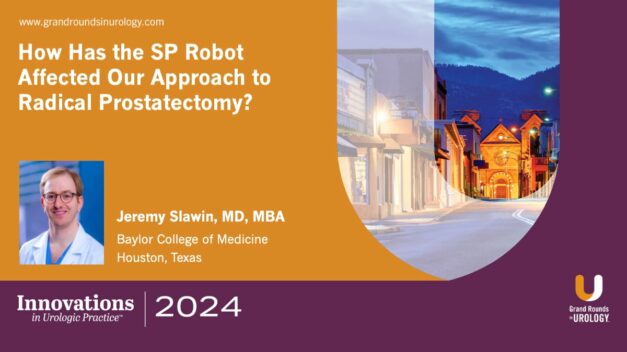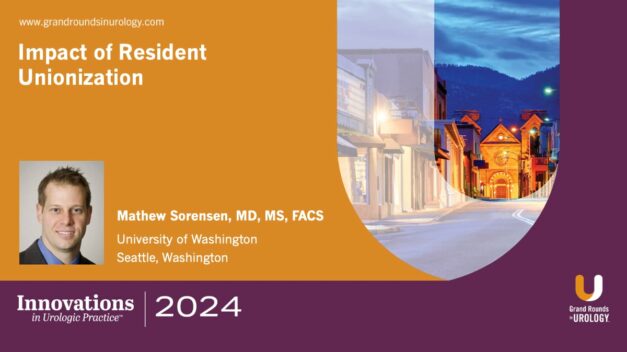How has the SP Robot Affected Our Approach to Radical Prostatectomy?
Jeremy Slawin, MD, MBA, Assistant Professor of Urology at Baylor College of Medicine in Houston, Texas, highlights single-port robotic technology for radical prostatectomy and emphasizes extraperitoneal surgery. In this 21-minute presentation, he advocates for single-port robotic systems in extra-peritoneal radical prostatectomy, highlighting its potential to enhance patient outcomes while adhering to a familiar anatomical approach.
Read More




